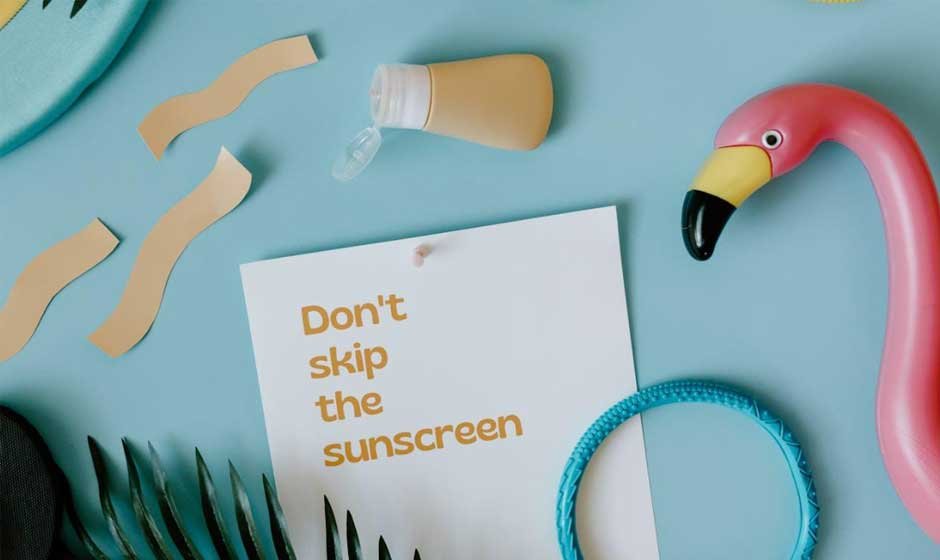Sunscreen confusion runs wild. You’ve probably heard conflicting advice about SPF numbers, application frequency, and whether certain skin tones need protection at all. These misconceptions can lead to serious consequences for your skin health.
Let’s separate fact from fiction. When you understand what’s true and what’s not about sun protection, you’ll make better choices for your skin’s long-term health. These five common myths might surprise you with how wrong they actually are.
Higher SPF Always Means Better Protection
Many people assume that SPF 100 offers twice the protection of SPF 50. This thinking leads to a false sense of security and poor application habits.
SPF 30 blocks about 97% of UVB rays, while SPF 50 blocks about 98%. The difference between SPF 50 and SPF 100 is minimal, less than 1% additional protection. What matters more is applying enough product and reapplying regularly.
Higher SPF products often contain more chemical filters, which can increase the risk of skin irritation. Focus on proper application technique rather than chasing the highest number on the bottle.
Sunscreen Contains Harmful Chemicals
Fear-mongering about sunscreen ingredients has created unnecessary anxiety about sun protection products. Some people avoid sunscreen entirely because they worry about chemical absorption through the skin.
The FDA has approved all sunscreen ingredients currently available in the United States. While some ingredients like oxybenzone have raised questions, the benefits of sun protection far outweigh any potential risks from these ingredients.
If you’re concerned about chemical filters, choose mineral sunscreens containing zinc oxide or titanium dioxide. These ingredients sit on top of your skin rather than absorbing into it. Remember that protecting your lips is just as important. Look for SPF lip balm options that contain these same protective ingredients.
Cloudy Days Don’t Require Sun Protection
Clouds might make you feel cooler, but they don’t block UV radiation as effectively as you might think. Up to 80% of UV rays can penetrate through clouds, meaning you’re still at risk for sun damage on overcast days.
This myth becomes particularly dangerous during outdoor activities when people skip sunscreen because the sun isn’t visible. Snow, water, and sand can reflect UV rays, increasing your exposure even on cloudy days.
Your daily sunscreen routine shouldn’t change based on weather conditions. UV radiation is present year-round, regardless of cloud cover or temperature.
One Application Lasts All Day
Sunscreen breaks down over time due to UV exposure, sweat, and natural skin oils. Even water-resistant formulas lose effectiveness after a few hours of wear.
Most people apply far less sunscreen than recommended, which reduces the actual SPF protection they receive. Reapplication helps ensure adequate coverage and maintains protection levels throughout the day.
Apply sunscreen every two hours during sun exposure, or immediately after swimming, sweating, or toweling off.
Water-Resistant Means Waterproof
No sunscreen is completely waterproof, despite what marketing claims might suggest. The FDA requires manufacturers to use terms like “water-resistant” instead of “waterproof” for this reason.
Water-resistant sunscreens maintain their SPF for either 40 or 80 minutes of water exposure, depending on their specific formulation. After this time, protection decreases significantly.
Always reapply sunscreen after swimming or excessive sweating, even if you’re using a water-resistant formula.
















